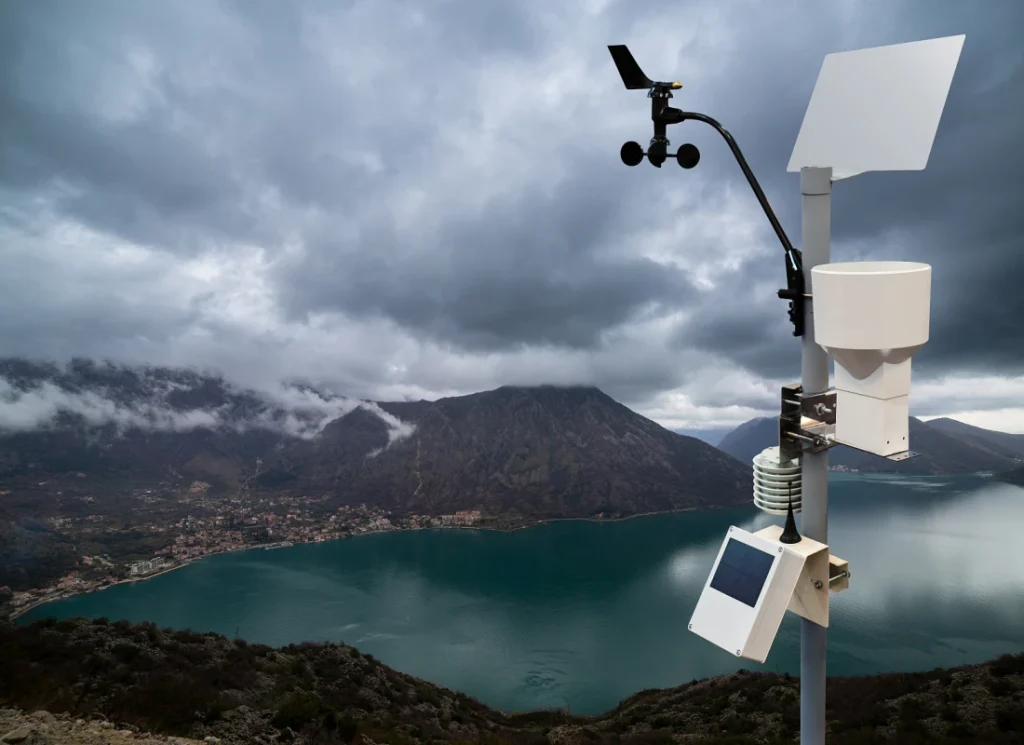
# Rainfall Sensor: A Comprehensive Guide to Its Functionality and Applications
## Introduction to Rainfall Sensors
Rainfall sensors are essential devices used to measure and monitor precipitation levels in various environments. These sensors play a crucial role in weather monitoring systems, agricultural applications, and urban planning. By providing accurate rainfall data, they help professionals make informed decisions about water resource management and flood prevention.
## How Rainfall Sensors Work
Rainfall sensors operate using different technologies to detect and measure precipitation:
### Tipping Bucket Mechanism
The most common type of rainfall sensor uses a tipping bucket mechanism. When rainwater fills one side of the bucket, it tips, emptying the water and moving the other side into position. Each tip represents a specific amount of rainfall, typically 0.01 inches or 0.2 mm.
### Optical Sensors
Some advanced rainfall sensors use optical technology. These devices detect raindrops passing through a laser or infrared beam, counting the interruptions to calculate rainfall intensity and volume.
### Weighing Gauges
Weighing-type rainfall sensors measure the weight of collected precipitation over time. This method is particularly useful for measuring snowfall and mixed precipitation.
## Key Features of Modern Rainfall Sensors
Today’s rainfall sensors incorporate several important features:
– High accuracy measurements (typically ±1-2%)
– Durable construction for outdoor use
– Low maintenance requirements
– Compatibility with various data logging systems
– Self-cleaning mechanisms to prevent debris buildup
– Wireless connectivity options for remote monitoring
## Applications of Rainfall Sensors
Rainfall sensors serve numerous important purposes across different sectors:
### Weather Monitoring and Forecasting
Meteorological stations rely on rainfall sensors as part of comprehensive weather monitoring systems. The data collected helps in weather prediction models and climate research.
### Agricultural Management
Farmers use rainfall data to:
– Optimize irrigation schedules
– Predict crop water requirements
– Plan planting and harvesting activities
– Monitor drought conditions
### Urban Water Management
Cities implement rainfall sensors to:
– Monitor stormwater runoff
– Manage drainage systems
– Predict and prevent urban flooding
– Control water treatment plant operations
### Environmental Research
Scientists use rainfall sensors in ecological studies to:
– Monitor watershed health
– Study climate change impacts
– Track precipitation patterns in remote areas
## Choosing the Right Rainfall Sensor
When selecting a rainfall sensor, consider these factors:
1. **Measurement Range**: Ensure the sensor can handle expected rainfall intensities
2. **Accuracy Requirements**: Different applications may need varying levels of precision
3. **Environmental Conditions**: Choose materials that withstand local weather
4. **Data Output**: Consider compatibility with existing monitoring systems
5. **Maintenance Needs**: Factor in accessibility for cleaning and calibration
## Installation and Maintenance Tips
Proper installation and maintenance ensure accurate rainfall measurements:
– Install the sensor in an open area, away from trees and buildings
– Level the sensor properly to ensure accurate measurements
– Clean the sensor regularly to prevent debris accumulation
– Calibrate according to manufacturer recommendations
– Check for damage after extreme weather events
## Future Developments in Rainfall Sensor Technology
Emerging technologies are enhancing rainfall sensor capabilities:
– Integration with IoT networks for real-time monitoring
– Improved self-cleaning mechanisms
– Enhanced wireless communication options
– Miniaturization for portable applications
– AI-powered data analysis for better precipitation predictions
Rainfall sensors continue to evolve, offering more precise and reliable data for various applications. As climate patterns become more unpredictable, these devices will play an increasingly vital role in water resource management and environmental protection.
Keyword: rainfall sensor